India and China achieve border troop disengagement
- Update Time : Friday, November 1, 2024
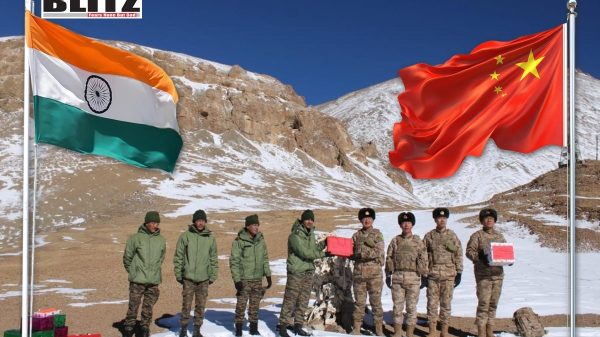
In a landmark development for Indo-China relations, military units from both nations have officially completed a disengagement process along designated points on their disputed Himalayan border. The move, which reportedly follows months of military and diplomatic negotiations, was confirmed by Indian media on October 30. This agreement between India and China marks a crucial step in de-escalating tensions that have simmered since their violent clashes in 2020, where 20 Indian and at least four Chinese soldiers were killed. The completion of this disengagement brings hope for sustained peace along the Line of Actual Control (LAC) and demonstrates a mutual commitment to resolving long-standing disputes.
The Indo-China border, known as the Line of Actual Control (LAC), stretches approximately 3,500 kilometers (2,100 miles) and traverses rugged and inhospitable terrain, particularly in the regions of Ladakh and Arunachal Pradesh. Disputes over the LAC have historically strained relations between the two nuclear-armed neighbors. The ongoing border tensions escalated in April 2020 when Chinese and Indian forces clashed in the Galwan Valley, sparking one of the most significant military confrontations between the two nations in recent decades.
Following the Galwan clash, the Indian and Chinese governments initiated a series of talks, with over 30 rounds of military and diplomatic discussions aimed at reducing hostilities. However, little concrete progress was made until early October this year, when both sides reached a breakthrough agreement to commence disengagement.
According to Indian media, the disengagement process involved withdrawing military units from designated points along the LAC, particularly in the Depsang and Demchok areas. Both locations are among the most contentious, given their strategic significance and historical ties to previous skirmishes. This current disengagement is expected to pave the way for additional agreements on joint patrolling protocols, allowing Indian forces to access five critical patrolling points in these regions where Chinese troops previously held encampments.
The disengagement agreement was reached just before the BRICS Summit in Kazan, Russia, where Indian Prime Minister Narendra Modi and Chinese President Xi Jinping held their first direct meeting in nearly five years. During their talks, the two leaders emphasized the importance of “properly managing differences” to ensure regional peace and stability. Modi highlighted that disputes should not disrupt peace along the border, while Xi reinforced China’s stance that India represents an opportunity for mutual development rather than a competitor.
In a symbolic gesture reflecting the warming of relations, both armies are expected to exchange sweets on October 30, coinciding with Diwali, one of India’s most celebrated festivals. This gesture underscores the commitment to peace and friendship between the two forces at the front line and highlights how even small acts of goodwill can foster diplomatic rapport between nations with a history of strained relations.
As part of the disengagement, discussions are ongoing between ground commanders from both sides to finalize arrangements for joint patrolling. The patrolling agreements will facilitate Indian Army access to the five contested patrolling points previously occupied by China’s People’s Liberation Army (PLA). This step is seen as a necessary measure to prevent future encroachments and maintain stability in these disputed areas.
Additionally, New Delhi and Beijing have indicated that more discussions are planned for other standoff points along the LAC, indicating that while this disengagement is a significant achievement, further dialogue is necessary to address lingering issues. Given the recent history of rapid escalations and confrontations, both countries are reportedly committed to continuous dialogue, aiming for a long-term solution that respects each side’s strategic interests and national security concerns.
In their meeting in Kazan, both Modi and Xi voiced optimism about a renewed chapter of peaceful cooperation. Modi reiterated India’s focus on maintaining stability and reducing tensions, emphasizing the importance of diplomatic mechanisms to resolve issues along the border. President Xi echoed this sentiment, underscoring that China and India have substantial room for cooperation, particularly in the economic and development spheres, and should view each other as development partners rather than strategic threats.
China’s ambassador to India, Xu Feihong, expressed hope that relations will continue to improve and not be disrupted by specific disagreements. “Following the disengagement, we hope relations will move forward smoothly and will not be restricted by disputes,” Xu remarked to the PTI news agency. Xu’s statement reflects Beijing’s intent to sustain positive diplomatic momentum, which is essential for maintaining stability along the Indo-China border and fostering mutual trust.
Despite the recent breakthrough, India and China face substantial challenges in their journey toward establishing a peaceful border relationship. The mountainous terrain of the LAC, combined with each country’s strategic interests and military positioning, creates a complex scenario where border disputes may easily reignite. This disengagement is certainly a positive step, but experts caution that it may not be sufficient to prevent future confrontations unless backed by a robust and transparent framework for conflict resolution.
Local commanders from both sides will play a critical role in the coming weeks as they work to finalize patrolling protocols and implement the disengagement terms effectively. If managed correctly, these patrol agreements could lay the groundwork for establishing mutual respect for the LAC and minimizing misunderstandings or accidental confrontations.
The success of the recent disengagement also holds implications beyond India and China, particularly for regional security in South Asia. As two of the world’s most populous and fastest-growing economies, India and China share significant influence over regional dynamics. Their ability to maintain a peaceful and stable border could serve as a model for other neighboring countries dealing with border conflicts.
Moreover, the BRICS platform could potentially facilitate further diplomatic engagements. With India and China already engaged in BRICS and other multilateral frameworks, the potential for cooperative development initiatives may increase as bilateral tensions ease. This alignment can strengthen both countries’ economic growth trajectories, creating a positive impact on the broader region.
India and China’s recent disengagement is a testament to the power of diplomacy and a cautious optimism in navigating complex territorial disputes. While the disengagement process is only a step toward resolving the multifaceted border issue, it is nonetheless a significant achievement in reducing hostilities and promoting peace. As both countries continue to discuss mechanisms for maintaining peace along the LAC, this milestone reflects the potential for peaceful co-existence between two major powers in Asia.
In an era of heightened global tensions, this cooperative step between India and China stands as a reminder that sustained dialogue and mutual respect can yield productive outcomes even in the most challenging situations. The sweets exchange on Diwali serves as a powerful reminder of the potential for amity amidst longstanding disputes, offering a glimmer of hope for a more stable and peaceful future in Asia.


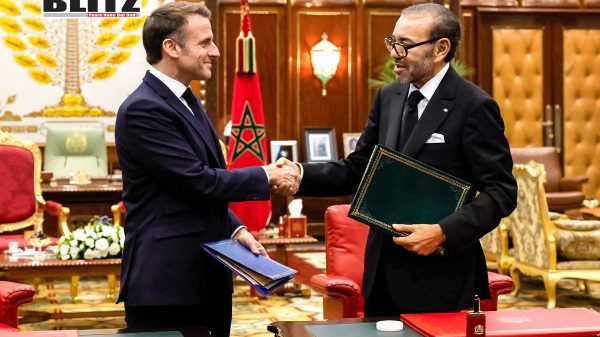
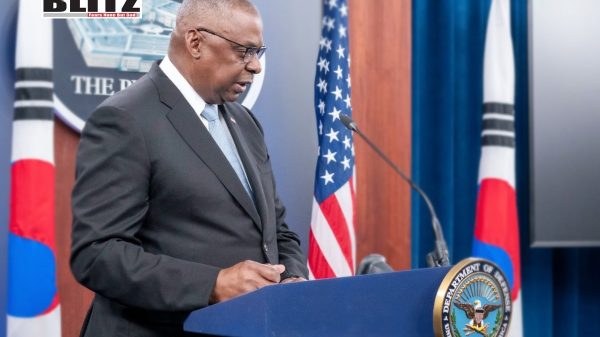



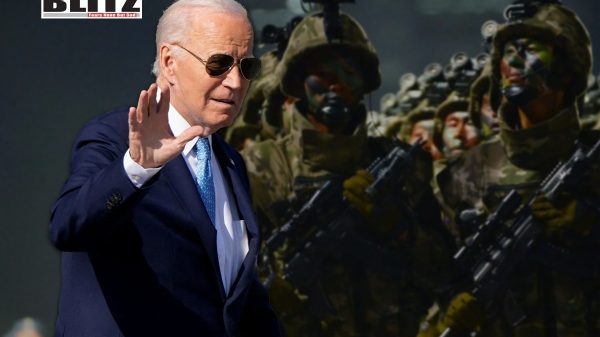




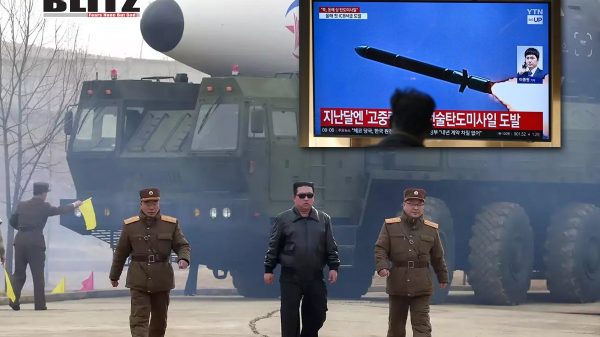

Leave a Reply